Another robot insisted it wouldn’t replace human jobs during a robot press conference in Geneva on Friday.
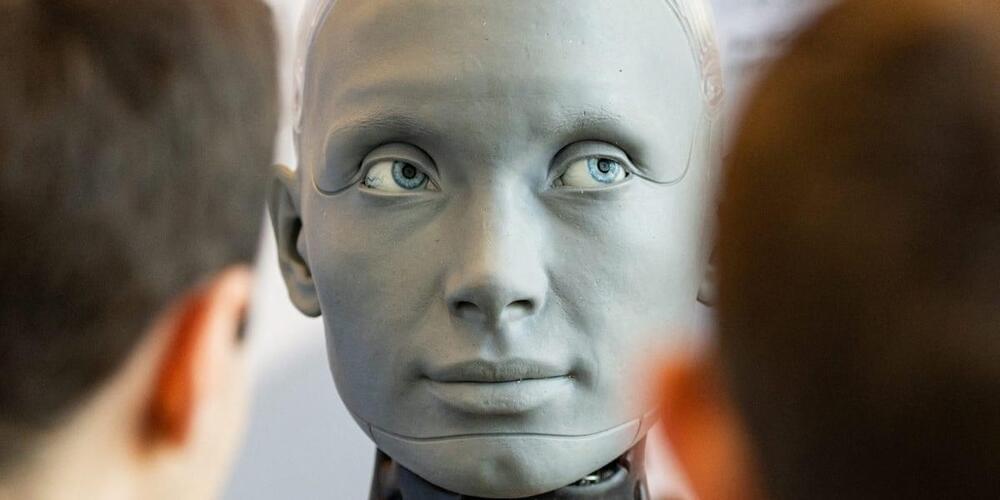

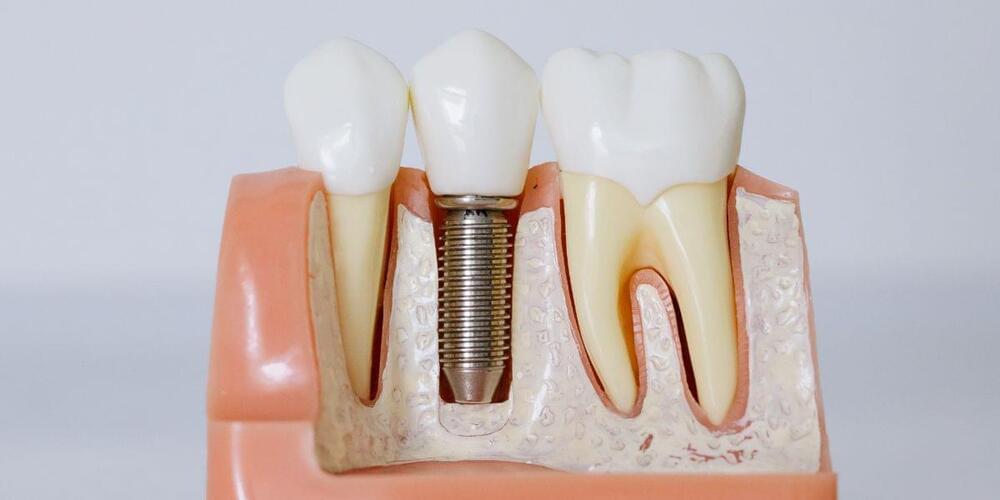
Gum disease and tooth loss are linked to shrinkage of the hippocampus, an area of the brain crucial for memory. The corresponding study was published in Neurology.
Previous studies suggest that tooth loss and periodontitis may be linked to Alzheimer’s disease. However, recent studies have not found a significant link between tooth loss and periodontitis, and hippocampal atrophy. In the current study, researchers sought to understand more about how oral health affects hippocampal volume-and, thus, memory. To do so, they examined the relationship between number of teeth present and hippocampal atrophy in light of periodontitis severity among middle-aged and older adults.
For the study, the researchers included 172 people with an average age of 67 years old who did not have cognitive decline. At the start of the study, each underwent dental exams and memory tests. They also underwent MRI brain scans at the beginning of the study and four years later to assess their hippocampal volume.

Nick had four surgeries and multiple radiation treatments to treat his ependymoma tumors. He shares what to expect during and after radiation and how cancer changed his outlook on life.
In 2004, when I was 12 years old, I had severe back pain and spasms. When I laid down at night, I experienced episodes where I couldn’t move for 10 to 15 minutes. Since my father was in the medical field, he knew something wasn’t normal.
An MRI showed a 12-centimeter grade I myxopapillary ependymoma inside my spinal column in my lower lumbar. After emergency surgery, the doctors reported they removed all the tumor except for a couple of very microscopic spots.
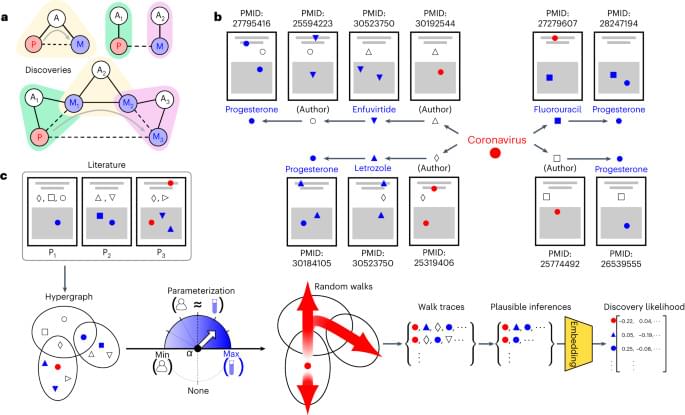
Can human-aware artificial intelligence help accelerate science? In this article, the authors incorporate the distribution of human expertise by training unsupervised models on simulated inferences cognitively accessible to experts and show that this substantially improves the models’ predictions of future discoveries, but also enables AI to generate high-value alternatives that complement human discoveries.
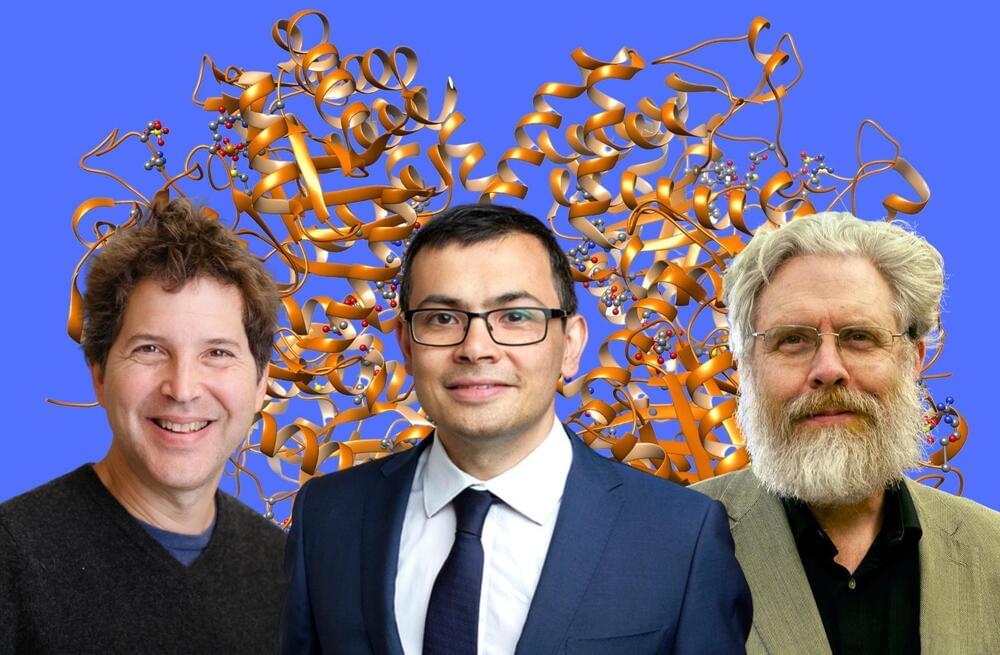
Large language models like GPT-4 have taken the world by storm thanks to their astonishing command of natural language. Yet the most significant long-term opportunity for LLMs will entail an entirely different type of language: the language of biology.
One striking theme has emerged from the long march of research progress across biochemistry, molecular biology and genetics over the past century: it turns out that biology is a decipherable, programmable, in some ways even digital system.
DNA encodes the complete genetic instructions for every living organism on earth using just four variables—A (adenine), C (cytosine), G (guanine) and T (thymine). Compare this to modern computing systems, which use two variables—0 and 1—to encode all the world’s digital electronic information. One system is binary and the other is quaternary, but the two have a surprising amount of conceptual overlap; both systems can properly be thought of as digital.

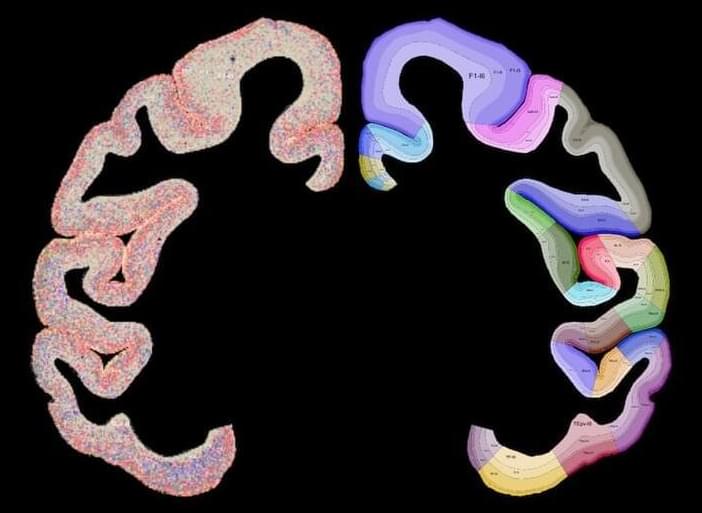
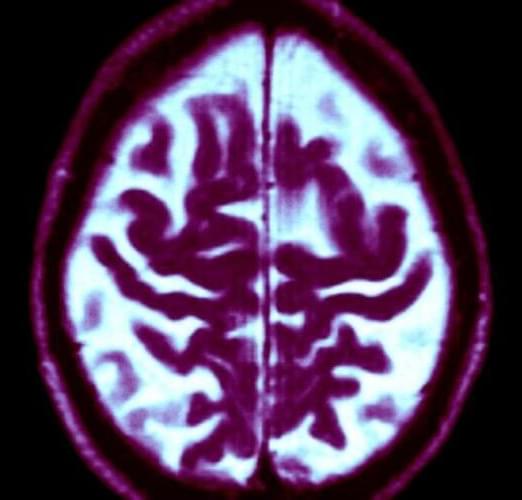
There may soon be another option for an Alzheimer’s drug capable of slowing the progression of the devastating disease.
An experimental Alzheimer’s drug from drugmaker Eli Lilly helped slow cognitive decline in patients in the early stages of the illness, according to the results of a late-stage clinical trial. Side effects of the drug, called donanemab, however, were serious in some cases, and included brain swelling and brain bleeds.
Lilly representatives presented the results at the Alzheimer’s Association International Conference in Amsterdam on Monday. The research was published simultaneously in the Journal of the American Medical Association.
Specific nerves may be stimulated artificially, for example to treat pain. The finer the nerves, the more difficult it is to attach the required electrodes. Researchers at the Technical University of Munich (TUM) and NTT Research have now developed flexible electrodes produced with 4D printing technology. On contact with moisture, they automatically fold and wrap themselves around thin nerves. The study is published in the journal Advanced Materials.
The nervous system controls our movements through electrical impulses. These pass from nerve cell to nerve cell until finally, for example, a muscle contraction is triggered. Nerve cells can also be stimulated artificially, triggering the nerves with current pulses via acutely applied or implanted electrodes. Peripheral nerve stimulation is used, for example, to treat chronic pain or sleep apnea.
Furthermore, there are clinical applications for stimulating the vagus nerve to treat for depression and epilepsy. With a diameter of several millimeters, this nerve is relatively thick.
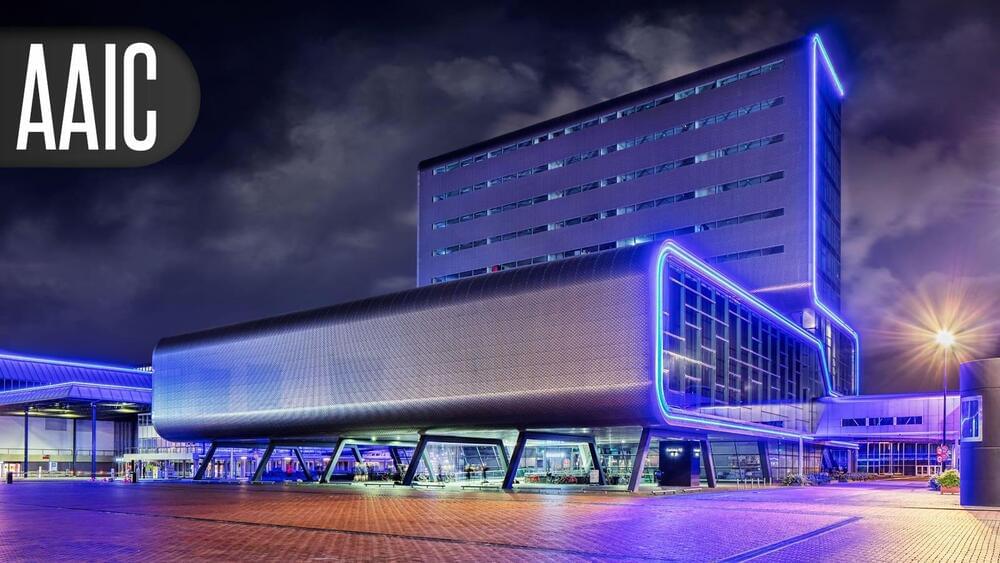
Both A4 and LEARN suffered from several methodological hiccups, to the extent that one might consider A4, at least, a failed study. In 2017, after A4 was well underway, the leaders decided to up the solanezumab dosage substantially, from 400 mg to 1,600 mg per dose, and also to extend the follow-up period from the originally planned 3.2 years to 4.5 years, so that effects of the dosage increase could be captured adequately.
Meanwhile, LEARN commenced at about the same time. That meant that less than 3 years later, both studies were hit by the COVID-19 pandemic and its associated disruptions. Many study sites shut down, and the investigators had to resort to home infusions in some places to keep the study going. Aisen and Sperling acknowledged that these issues complicated data collection, analysis, and interpretation. But there was no suggestion that these problems might have obscured a genuine beneficial effect from solanezumab.
Taken together, said Sperling, the results from A4 and LEARN indicate that “amyloid reduction may be necessary to slow progression even at the stage of preclinical [Alzheimer’s disease].”